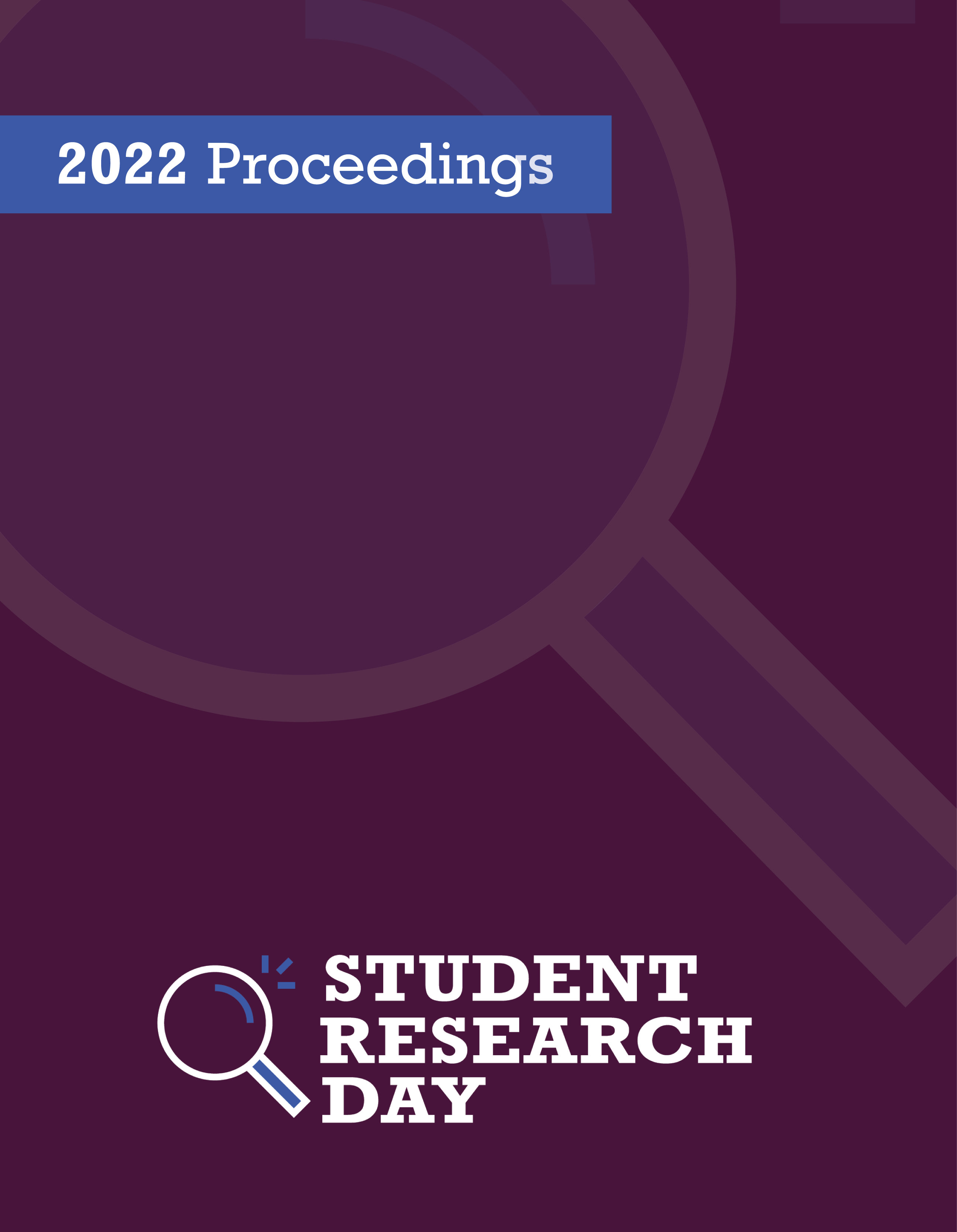A Post-Release Examination of High-Risk Offenders and the Barriers to Reintegration
Abstract
Offenders who remain incarcerated for the entirety of their sentence are at greater risk of reoffending than those who receive community supervision (Serin et al., 2020). In Canada, those who have completed their sentence but are considered high-risk for violent and sexual reoffending can be placed on a Section 810 peace bond. The purpose of a Section 810 peace bond is to grant law enforcement supervisory power once the offender is released into the community. Little research is available on this subset of offenders despite the proposed safety threat. This poster presentation examines the prevalence of seven basic needs and six criminogenic factors over the first year of supervision post-release. More specifically, it highlights the prevalence of criminogenic and non-criminogenic variables, consistent with some of the challenges commonly encountered by those transitioning back into the community, such as struggling to find employment and accommodations. To examine criminogenic and non- criminogenic variables, we report the prevalence of each variable across three post-release intervals spanning the first year of supervision. As expected, some criminogenic needs and most basic non-criminogenic needs appeared to decrease across the time periods. However, we also found that interpersonal conflicts, substance abuse, and criminal attitudes seem to persist across the first year of supervision. Although these results do not offer a complete picture of what reintegration entails for offenders under judicial orders, we hope to build towards the empirical evidence necessary to support law enforcement tasked with the responsibility of supervising and managing these individuals.
Department: Psychology
Faculty Mentor: Dr. Sandy Jung
Published
Issue
Section
License
Authors retain any and all existing copyright to works contributed to these proceedings.



